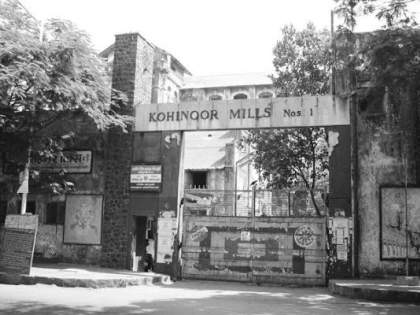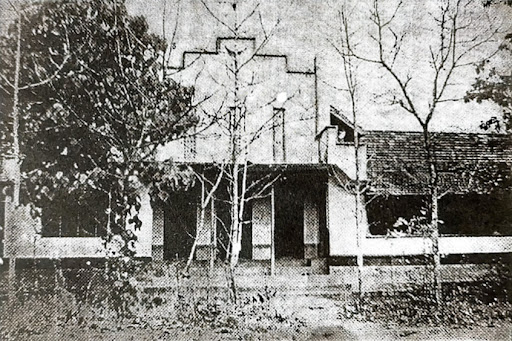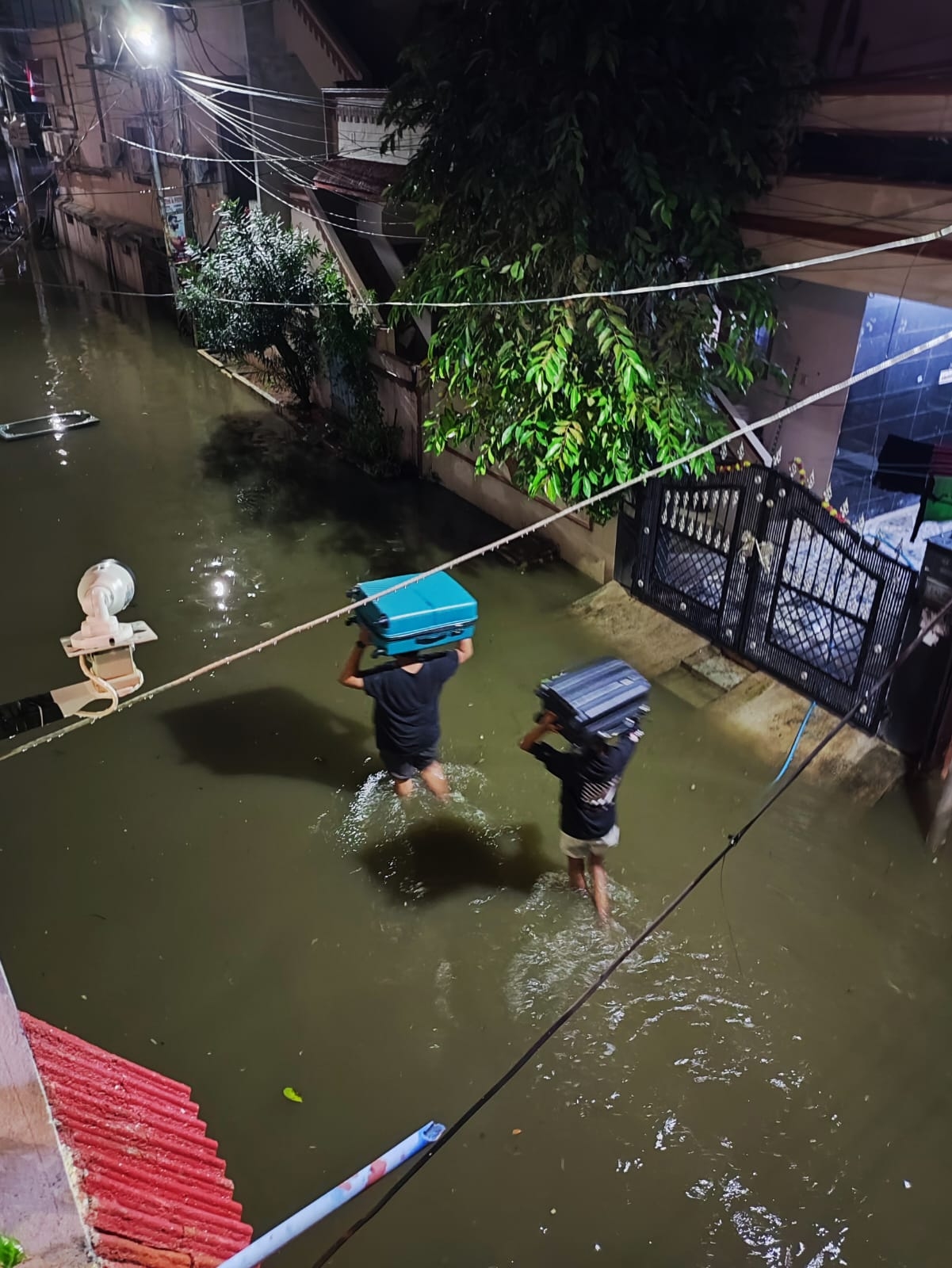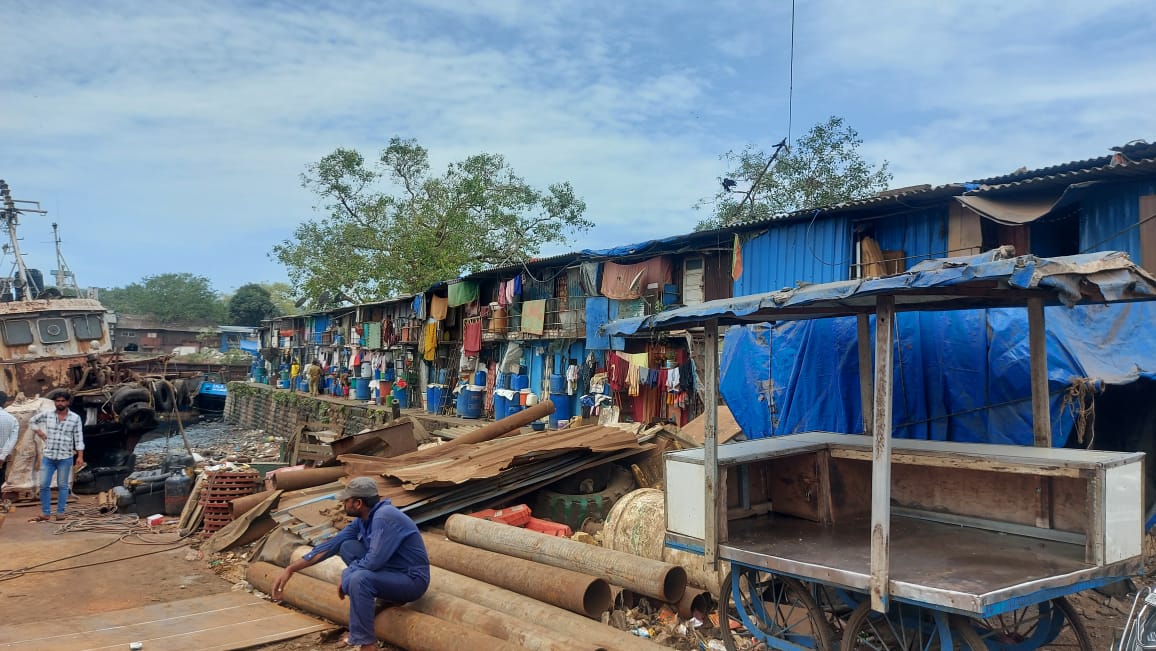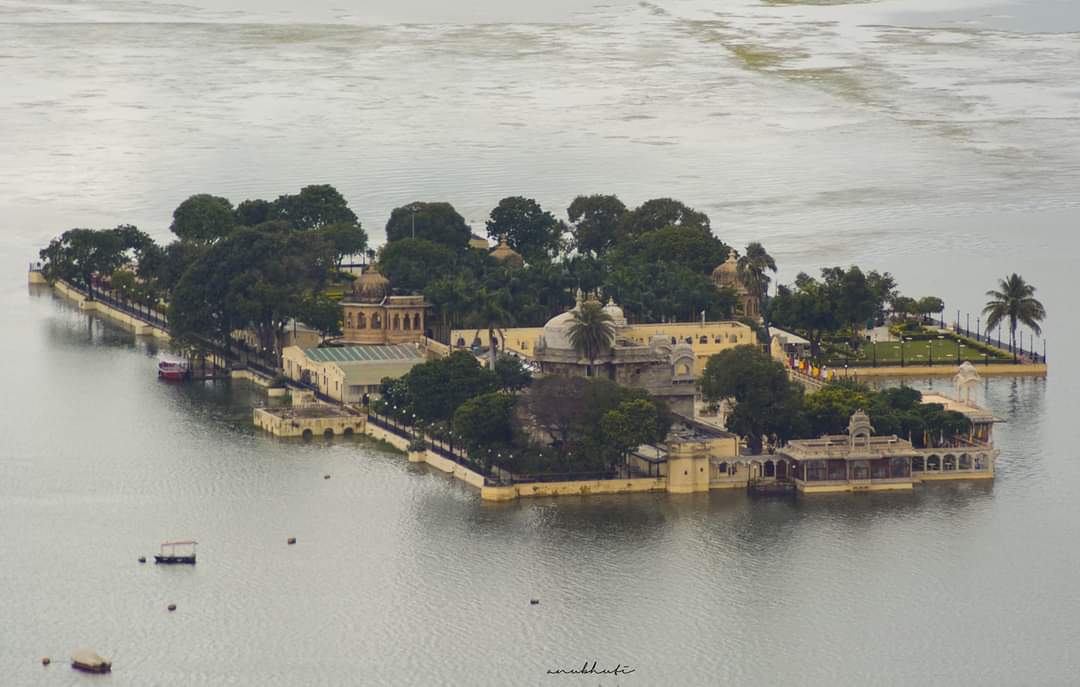
Udaipur’s Architectural Renaissance: A Conservation Architect’s Chronicle of Heritage Amidst Climate’s Embraces
Udaipur’s Architectural Renaissance: A Conservation Architect’s Chronicle of Heritage Amidst Climate’s Embraces
From colonial echoes to climate confrontations, the essay witnesses a city’s tale etched in bricks and resilience. Amid neglected heritage, the battle cries for sustainable rebirth. Udaipur’s past isn’t just conserved—it’s a roadmap to a defiant, luminous future, where history meets the tempest of climate change head-on! This essay by Anubhuti Jain was amongst the shortlisted essays.


